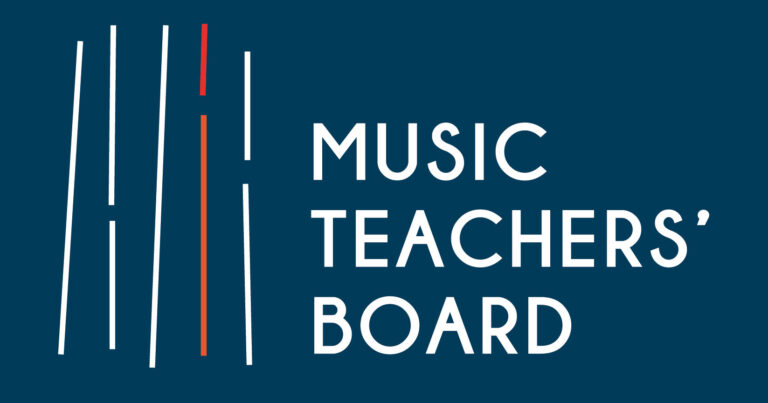With Music Teachers’ Board (MTB), voice students can sit their grade exams any day of the year from a location of their choice. BAST looks at how the system works and how it can benefit singers and teachers.
Several things set MTB apart from more ‘traditional’ exam boards. The first and most pertinent difference in a time of Covid-19 is its method of assessment.
MTB’s exams do not take place in-person at test centres; they are conducted remotely, using the magic of technology.
This means that lockdown or tier restrictions cannot disrupt a student’s progress: if a candidate is ready to sit their exam, they can do so at a time and place of their choosing.
MTB devised its exam system (which works in a similar way to GCSE assessments) before anyone had even heard of Covid-19 (yes, back in those good old days), as a way to take the stress and anxiety out of the exam process.
But this year, with many exam boards deferring and cancelling exams due to the Coronavirus, interest in MTB has rocketed.
MTB has just released a new contemporary voice syllabus (Grades 1 to 8), so let’s take a closer look at what it has to offer.
But first, a little background
After forming seven years ago, MTB launched Ofqual regulated exams in March 2019. It offers qualifications from grades 1 to 8 in 26 instruments, including voice (classical and contemporary). Grades 6 to 8 carry UCAS points.
MTB is one of five examination boards accredited by Ofqual; the others are ABRSM, London College of Music, Rockschool and Trinity.
What’s different?
The examination process
Teachers oversee exams and record and submit them via the MTB app.
The teacher must be with the student, in person or on webcam, during the exam process.
A relevant instrumental specialist marks each exam, eg a voice specialist assesses singing exams.
The shift away from face-to-face exams means:
- There is no risk of an exam getting cancelled due to the pandemic.
- Students can sit their test at a time that is convenient to them (so no missing school or work).
- Students can progress at their own pace. If a teacher thinks a student is ready for their next grade exam, then it’s all systems go, no waiting for an exam date.
- No travelling to a test centre. Exams take place in familiar surroundings such as the teacher’s studio or the student’s home;
- Adult learners don’t have to sit in a room full of young musicians while waiting for their exam call-up.
- If a student is ill or injured, they can easily postpone their exam.
- Exam fees are lower.
Requirements
Contemporary voice students need to perform four pieces. When it comes to repertoire, students (with guidance from their teacher) can choose:
- Arrangements selected by MTB. The contemporary voice repertoire includes Bobby Gentry, Adele, Gladys Knight, Queen, Ed Sheeran and Led Zeppelin and songs from musicals such as Cats and Wicked; and/or
- Free Choice pieces.
Yes, that’s right, students can determine what they want to perform, providing the piece is “of an appropriate standard/difficulty to enable candidates to demonstrate the level of skills expected for the particular grade being taken”.
There is guidance online so teachers can ensure a Free Choice piece meets grade requirements.
Teachers can submit an arrangement to MTB’s Free Choice Approval Service for feedback as to whether it is suitable.
The Free Choice option means:
- Voice teachers can select pieces to suit the student’s musical interests, helping them to stay engaged with the learning process.
- Teachers can build a recital programme that best suits the student. For example, if a pupil has the lead in the school musical, they could use a song from the show as an exam piece.
- Students can perform a composition of their own (providing it meets the criteria, of course).
Technical exercises
Candidates also have to complete three technical exercises covering scales, rhythm and singing a cappella.
Website: mtbexams.com




